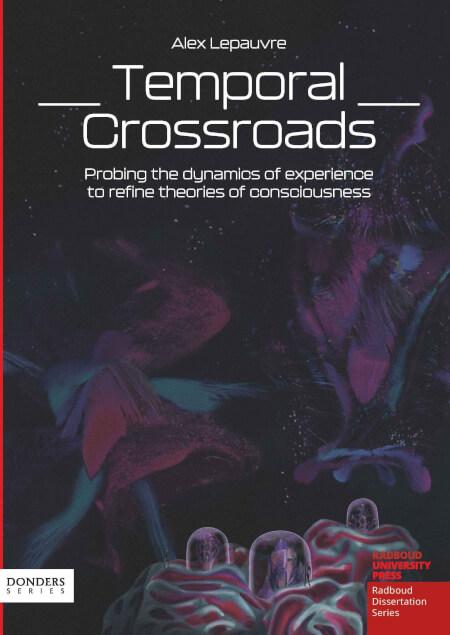Temporal Crossroads: Probing the Dynamics of Experience to Refine Theories of Consciousness
Keywords:
Consciousness, Theories of consciousness, Integrated Information Theory (IIT), Global Neuronal Workspace Theory (GNWT), Adversarial Collaboration, Temporal DynamicsSynopsis
In consciousness research, multiple theories offer conflicting explanations for the neural basis of consciousness. However, they often operate in isolation, amassing evidence without addressing alternative views. This fragmentation stems from methodological shortcomings of the traditional bottom-up approach, which relies on experimental operationalizations that may inadvertently label distinct phenomena as “consciousness.”
To address this stalemate, my thesis adopts a necessity dissociation approach, locating instances where consciousness arises in the absence of the mechanisms deemed crucial by a theory, challenging its assumptions. This method bypasses controversial contrastive designs and enables novel empirical tests.
I conducted two experiments emphasizing the temporal dynamics of consciousness. The first involved an adversarial collaboration examining two prominent theories—Integrated Information Theory (IIT) and Global Neuronal Workspace Theory (GNWT)—in relation to persistent visual experiences. The second experiment more closely inspected the temporal profile of conscious access.
Both experiments illustrate how necessity dissociation can uncover empirical violations in theoretical predictions while indicating avenues for refinement. Embracing a Lakatosian philosophy of science, I contend that failed predictions should spur self-improvement rather than outright falsification. Through continual theory testing and refinement, we can advance toward a more unified understanding of consciousness.

Published
Series
Categories
License

This work is licensed under a Creative Commons Attribution-NonCommercial-NoDerivatives 4.0 International License.

